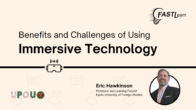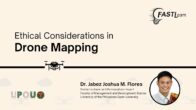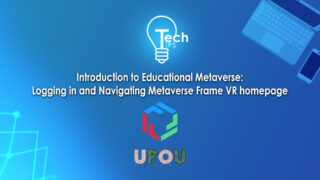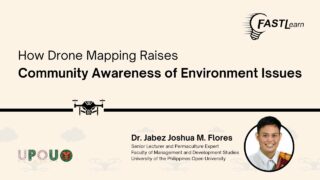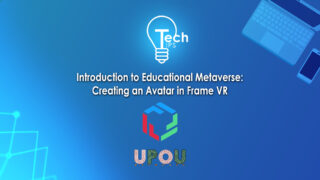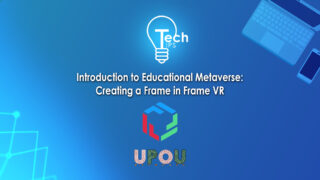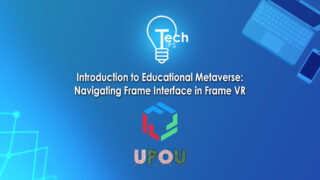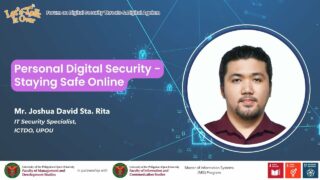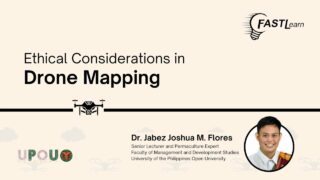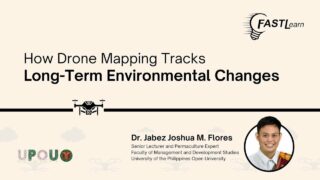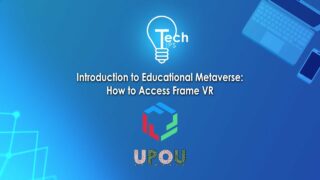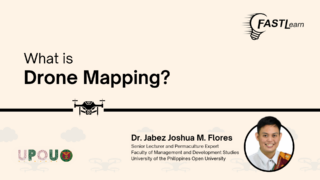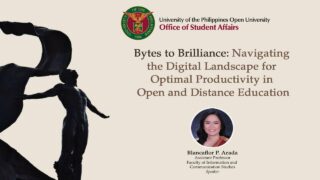Alright, Eric back again, learning futurist here in Kyoto, Japan.
We’re talking about immersive learning, using immersive technology in different educational context.
There’s a lot of benefits, but also a lot of challenges and things you have to consider when trying to implement these technologies in various learning contexts.
It could be online, it could be in person, it could be a HyFlex or hybrid situation.
Each of them might require a different level of integration of these technologies.
In my coursework, you can find at erichawkinson.com, you can see that when we think about these technologies, we’re thinking about them on a spectrum, from real-life experiences to augmented experiences to virtual experiences to mixed experiences.
And as we start to think about these technologies, you’ll think of this as a spectrum and where do you want this particular module or learning objective or learning activity in the spectrum between real, authentic, non-digital experiences and purely simulated virtual ones.
And so as a design standpoint, that’s usually a good place to start thinking about these things as you approach them.
But practically, there’s a lot of hurdles and logistics and things you might have to overcome to successfully implement these in different learning contexts.
There are quite a bit of overall abilities that these systems can give you.
They can give you more analytics and information about how the users and students are using these technologies.
If they’re in a virtual environment, you can track where they go, what they look at, what they see, who they talk to.
If it’s an augmented environment like our Reality Labo at realitylabo.com, you can kind of take in camera data and follow them as they journey around a specific location using GPS tagging and following.
So those are some advantages and you can bring those in, especially if you’re mixing, for example, a physical location and a digital one.
And you can leverage that in different ways to have just-in-time learning at, for example, a museum or a tour or you’re out doing some fieldwork research that requires some attention to particular items with your students.
All of those benefits also come with their own dangers and potential drawbacks as well.
Because you’re taking in all this other extra information, all this data, there is a danger and the possibility of taking in too much, overreaching on things like privacy, collecting information and specifically biometric information about the user that can be used and interpreted in very different ways.
A lot of educators like myself have been pushing back on large platforms like Meta, who run the popular Quest headsets, because in their terms of service, you give up your ability to give up the usage data.
For example, when you’re using a headset, you’re being tracked as of how high your head’s off the floor, where you move your head, how you sag your neck, how you move your arms.
And just these multiple points of data about you and your body movements can be more telling, can be more targeted to you as a person than your fingerprint.
And so potentially this can de-anonymize you when you think you’re safe, you’re an avatar, people can’t really see you, but the platforms themselves know more about you and your psychology and your physiology than any other platform ever before in history.
And now you couple this with AI algorithms, we can really start to exacerbate things that have gone wrong with social media, like compulsion loops and social media addiction and other things like that.
So we have to be cognizant and aware of these possible drawbacks moving towards the future and kind of work around them as we give these things into our students.
That’s one of the reasons why I built Reality Labo at realitylabo.com because we wanna kind of use these technologies without trying to soak in as much data as possible.
And that’s a tricky line to do when you’re trying to implement much less develop these technologies for learning.
